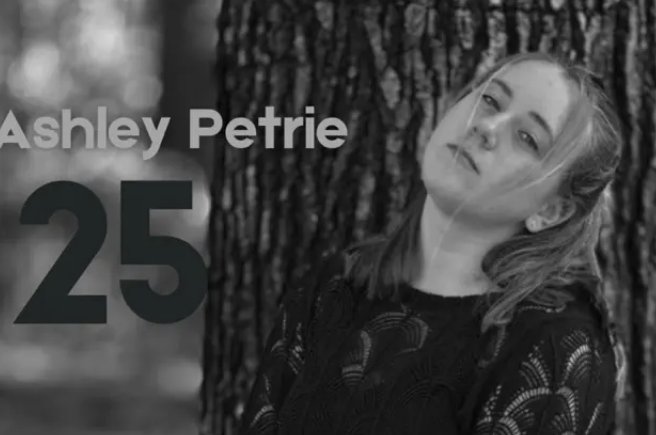At Bear River, the student body is no stranger to adversity, such as broken limbs or minor learning disabilities. But have you ever wondered why the school is completely void of any students with severe disabilities of a more permanent scale?
This is not only due to ever-shifting ADA facility standards, but also the fact that students with severe disabilities require a highly-specialized program that is difficult to house at multiple sites across the district.
Sean Manchester, the Director of Special Education for the Nevada Joint Union High School District, explained why there is one main program.
“Currently NU houses a program that supports the majority of the students with Moderate to Severe Disabilities,” said Mr. Manchester. “Due to the number of services and the intensity of the services, it is best to have a program at one site.”
Mr. Manchester went on to discuss how campuses are ever-evolving to meet ADA standards.
“All the facilities were up to code when they were built; most are from 1965-1990,” said Mr. Manchester. “Building and ADA codes change all the time, therefore when we have a major renovation project we bring the affected facility up to current ADA code. We currently have at least 1 ADA Path to all facilities on both campuses and are working to improve ADA access all the time.”
Charissa Glaspey, a Bear River freshman, has a sibling with severe disabilities who attends Nevada Union. This is due to the fact that NU has a more expansive program than Bear River. She expressed her belief that Bear River should update it’s program.
“I think it would also be an opportunity for other kids, the special education ones, who want to go here because the program (currently) is better at NU,” said Glaspey.
According to Nanci Smith, Bear River’s Intervention Specialist with a background in Special Education, 10-12% of students in the district are registered as Special Education, ranging from minor disorders to severe, permanent disabilities. She said that around 60 students at Bear River alone are classified Special Ed.
Day-to-day at Bear River, students also face temporary physical injuries. Bruins must overcome physical barriers as they navigate around campus.
Emelia Frank, a senior who had a knee injury this year, talked about the pros and cons of using Bear River’s lone elevator.
“I was definitely a lot later when I was on crutches, but the elevator was a really good help,” Frank said. “… (The elevator) made routes longer because I had to go all the way there instead of cutting through places with staircases.”
Luke Baggett, another senior, was forced to use a wheelchair for a couple weeks last year due to a football injury. He talked about the difficulty of maneuvering around the grass divider at the front of the school.
“I would get dropped off by the entrance to the football stadium and I would wheel up the ramp there,” said Baggett.
Diana Siebecke, a Special Education teacher, looked ahead to campus improvements that can ease the difficulties of disabilities, whatever the intensity.
“We don’t have a lot of ramps that are locally and easily accessible for anybody in a wheelchair temporarily or on crutches,” said Ms. Siebecke. “So that is something to think of (for the) future since we do have a two-story school here and not always can the students be using the elevator.”
Until future improvements can be made, Bruins will continue to navigate the halls the best they can. Freshman Cody Ketchum, who recently suffered broken bones in a bike accident, described his experience.
“Well, Bear River is kind of not accessible for me, especially on the Ag side because the ramp that is over there isn’t steep enough and it takes really long to get to all my classes,” he said. “If they had an elevator over on the Ag side of the campus, it would be a lot easier for me. Also, if they had ramps wherever stairs were, that would be great. … I have friends help me most of the time … but sometimes I am late when nobody helps me.”



































